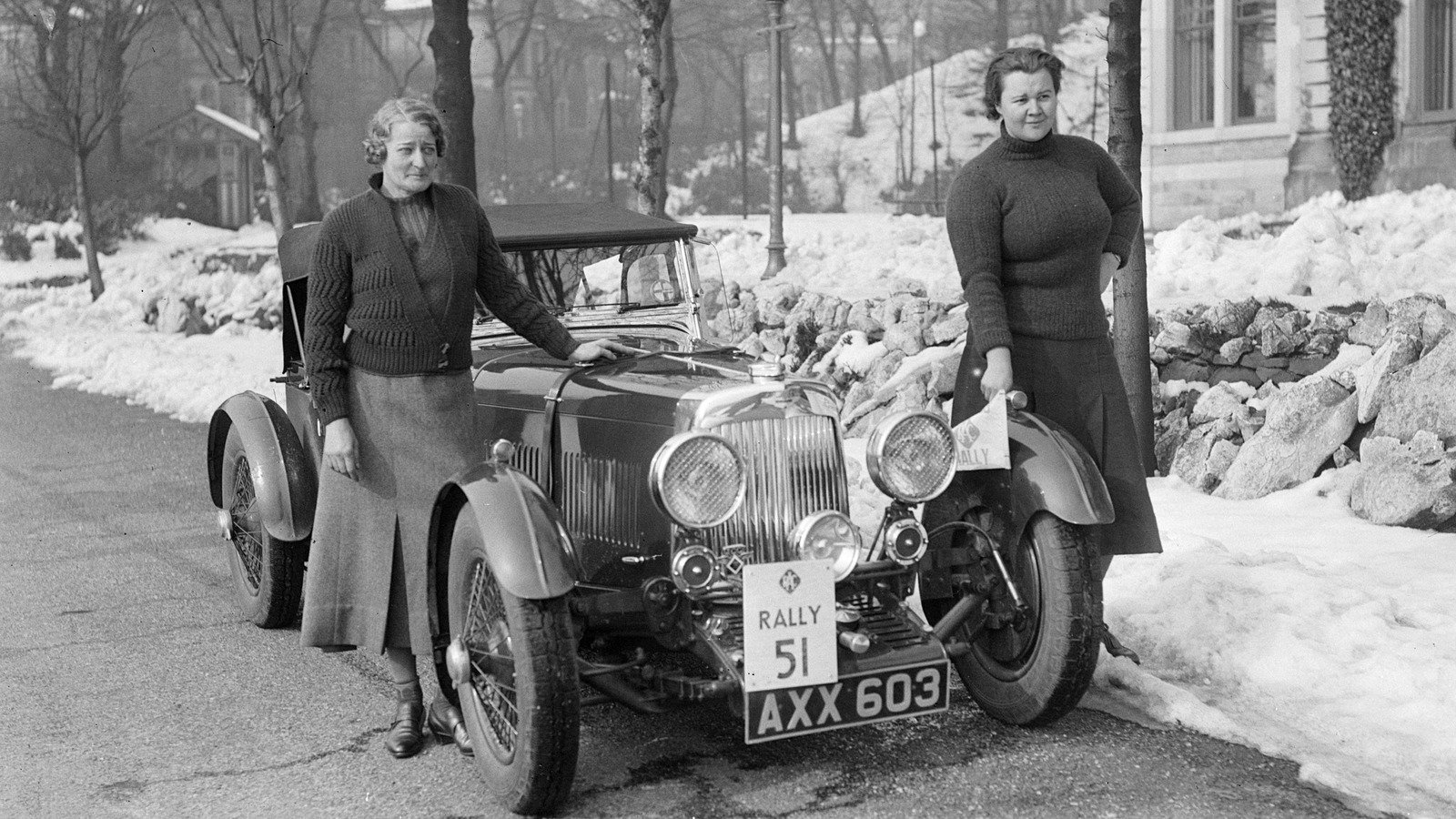However, beneath this male-dominated narrative lies the overlooked or ignored contributions of women. Many of these cars simply wouldn’t be the same if it weren’t for the trailblazing women behind the scenes. At the time, history largely ignored or airbrushed the impact women had on the automotive industry. However, as these events slip further into the past, we can look at them with a new perspective.
In this article, we’re showcasing 10 influential women who changed the automotive industry forever. Although there are undoubtedly many more women who should be recognized for their efforts, these 10 were pioneers in their field and not only faced the unknown when it came to automobiles but also faced adversity through the societal pressures that they endured. These women, whether they were designers, drivers, or engineers, helped to fundamentally change the automotive landscape into what we know today — all while shattering barriers and paving the way for future generations.
Margaret Wilcox (1838-1912)
Born in 1838, Margaret Wilcox was a trailblazer. Not only did she earn a degree in mechanical engineering in the 19th century, but she did so at a time when few women ventured into STEM fields — areas which, even today, remain predominantly male-dominated.
A natural innovator, Wilcox approached challenges with inventive solutions. Her most significant contribution to the automotive world was the development of an early car heating system. This system channeled air over the engine’s heated block, redirecting it into the vehicle’s interior. This innovation marked the inception of vehicular climate control, ensuring drivers remained warm and could defrost their windows for better visibility. However, her design had limitations — it lacked a mechanism to regulate the heat, causing the interior to become progressively hotter on extended drives.
Nevertheless, her pioneering work laid the foundation for subsequent advancements in automotive climate control. Recognizing its potential, the Ford Motor Company integrated a refined version of this system into their Model A in 1929.
Navigating the world of invention as a woman in the 1800s was no small feat. Margaret Wilcox faced societal biases and gender-based challenges. It’s even reported that she had to file patents under her husband’s name due to prevailing prejudices, although other reports claim that she received full credit. Her achievements, against such odds, underscore her remarkable resilience and ingenuity.
Bertha Benz (1849-1944)
Bertha Benz was a shrewd inventor and businesswoman. From a young age, she displayed a keen interest in machinery and a knack for repairing them. Her path eventually crossed with Carl Benz, whom she would not only financially support in his endeavors but also buy out his business partner’s stake before they were married.
Before they wed, Carl had made multiple unsuccessful attempts to design one of the first cars ever invented, the horseless carriage. With Bertha’s help, they successfully developed a two-stroke engine. Although the automobile worked, there was a lot of skepticism about its practicality and function, which meant Carl was unable to drum up support for the invention.
Instead of arguing with naysayers, Bertha set out to prove them wrong by taking the first long-distance car ride in 1888 with her kids to visit her mother. Bertha and her family went on a 60-mile journey from Mannheim to Pforzheim, Germany. It took approximately 13 hours and she had to repair several components along the way — in fact, she even created rudimentary brake pads with the help of a smith in Bruschal to solve a braking issue.
Bertha Benz is a testament to the adventurous spirit that many in the auto industry still feel and are inspired by today. The route she took still bears her name and can be driven to this day.
Mary Anderson (1866-1953)
Mary Anderson is credited with inventing a car feature that many take for granted — the windshield wiper. The story goes that the inspiration for Anderson’s invention came during a trolley ride in New York. Amidst a storm, she observed the driver frequently leaning out to clear the snow from the windows or halting the trolley entirely.
Such practices posed significant safety risks. Driving with your head out of the window is unsafe, decreased road visibility is unsafe, and stopping along the side of the road is unsafe in the best of weather conditions. To address this, Anderson designed a device operated by an interior lever. This lever, equipped with a counterweight and spring, ensured the wiper blade maintained contact with the window and moved smoothly across it.
While Anderson wasn’t the first to create a window-cleaning mechanism, her design was the first that actually worked — although another woman would help automate the device and bring it to mass production.
Charlotte Bridgwood (1861-1929)
Charlotte Bridgwood, initially a Vaudeville actress, later became the president of the Bridgwood Manuf
